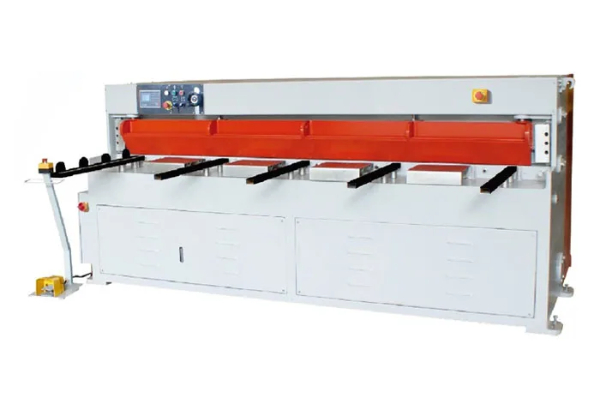
Quality Control- Ensuring Precision and Accuracy in Sheet Bending
- By:Metmac
- 2024-04-29
- 200
In the realm of metal fabrication, precision and accuracy reign supreme. Sheet bending, a crucial process in shaping and forming sheet metal, demands meticulous quality control to ensure flawless results.
Defining Precision and Accuracy
Precision refers to the ability to produce consistent dimensions, while accuracy measures the closeness of those dimensions to the desired target. Achieving both precision and accuracy in sheet bending is paramount to avoid costly errors and maintain product integrity.
Key Factors Influencing Quality
Numerous factors impact the quality of sheet bending, including:
– Machine Calibration: Proper calibration of press brakes and tooling ensures accurate and repeatable bends.
– Material Properties: The thickness, strength, and elasticity of the sheet metal affect the bending results.
– Tooling Selection: The choice of bending tools, such as punches and dies, influences the precision and sharpness of the bends.
– Operator Skill: Experienced operators are crucial for optimizing machine settings and handling delicate materials.
Quality Control Measures
To ensure precision and accuracy, rigorous quality control measures are essential:
– Pre-Bending Inspection: Verify the sheet metal’s dimensions, surface finish, and mechanical properties.
– Process Monitoring: Monitor bending parameters, such as pressure, angle, and speed, during the bending process.
– Post-Bending Inspection: Measure the dimensions and angles of the finished parts using specialized gauges or coordinate measuring machines.
– Statistical Process Control (SPC): Collect and analyze data to identify trends and deviations, enabling continuous improvement.
Benefits of Quality Control
Adhering to strict quality control measures in sheet bending brings numerous benefits:
– Enhanced Product Quality: Precision and accurate bends ensure proper fit and function in downstream applications.
– Reduced Scrap and Rework: Accurate bending minimizes waste and the need for costly rework, saving time and materials.
– Increased Customer Satisfaction: Delivering high-quality bent parts enhances customer satisfaction and builds reputation.
– Improved Productivity: Streamlined processes and reduced downtime contribute to increased productivity and efficiency.
Conclusion
Quality control is the cornerstone of precision and accuracy in sheet bending. By implementing rigorous inspection and monitoring practices, manufacturers can ensure that their finished parts meet the most demanding standards. This attention to detail not only enhances product quality but also maximizes productivity, reduces waste, and ultimately leads to increased customer satisfaction.
-
Advanced Sheet Metal Rolling, Cutting, and Folding Machines for Efficient Fabrication
2025/10/22 -
High-Precision Sheet Metal Bending and Cutting Solutions for Modern Manufacturing
2025/10/22 -
High-Precision Solutions from Leading Sheet Metal Cutting Machine Manufacturers
2025/09/11 -
Reliable Sheet Metal Equipment for Sale to Support Precision Fabrication
2025/07/17
-
Advanced Sheet Metal Rolling, Laser Cutting, and Folding Machines for Precision Fabrication
2025/10/31 -
High-Performance Sheet Metal Bending and Cutting Machines for Modern Fabrication
2025/10/31 -
High-Quality Sheet Metal Equipment for Sale: Efficient Solutions for Modern Manufacturing
2025/10/31 -
High-Performance Sheet Metal Equipment for Sale: Forming and Shearing Solutions for Modern Fabrication
2025/10/22
-
A Guide to the Latest Innovations in Sheet Metal Folding Machines
2024/11/29 -
Key Features to Consider When Investing in a Sheet Metal Folding Machine
2024/11/28 -
Enhancing Precision with Advanced Sheet Metal Folding Machines
2024/11/27 -
How to Choose the Right Sheet Metal Folding Machine for Your Workshop
2024/11/26






